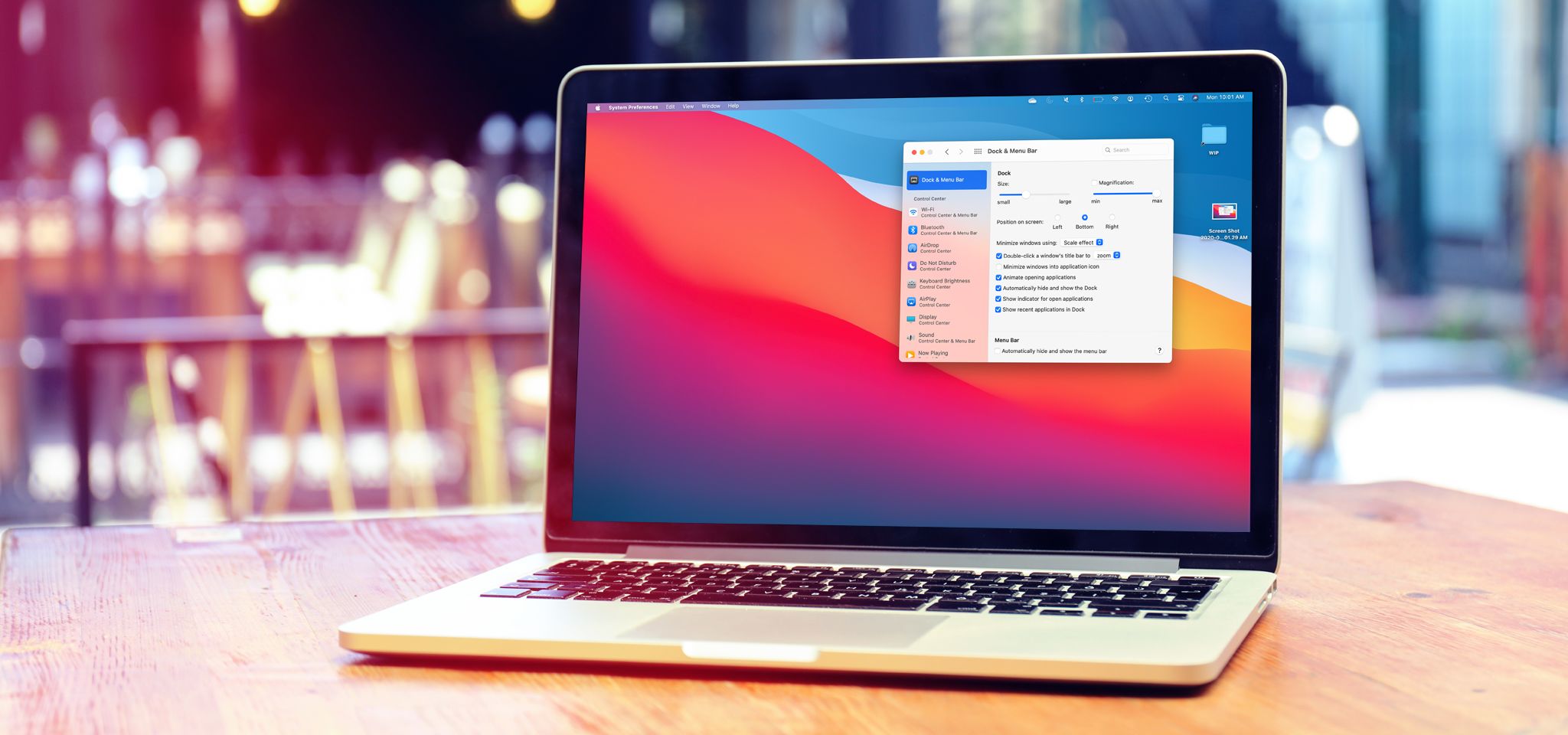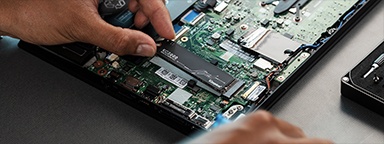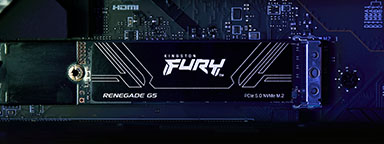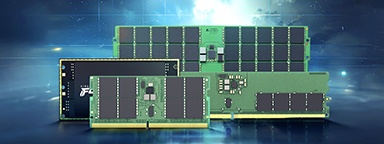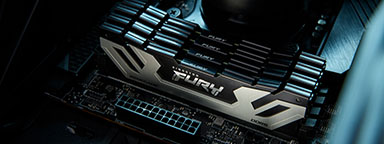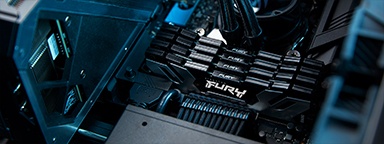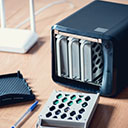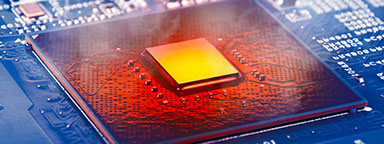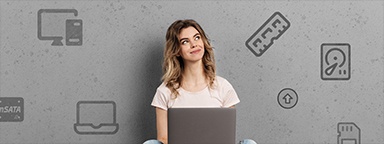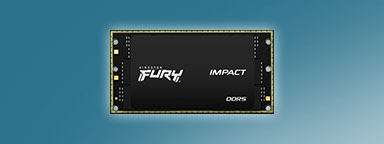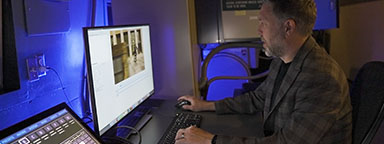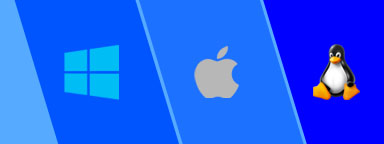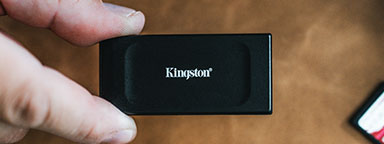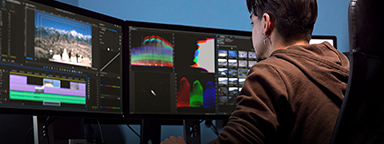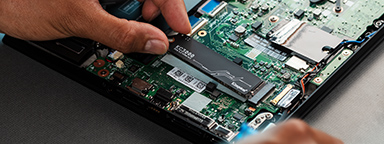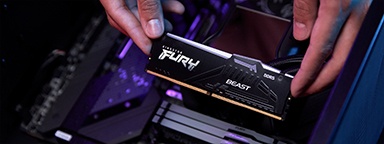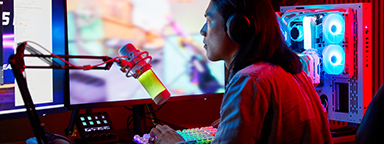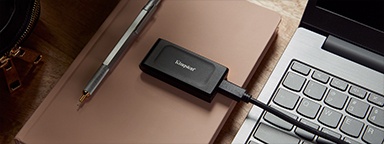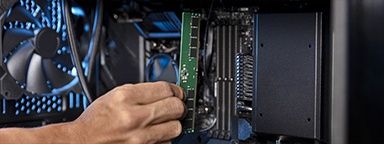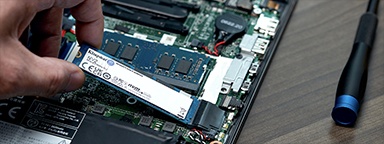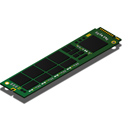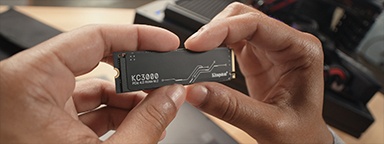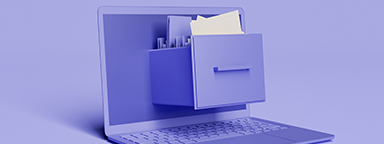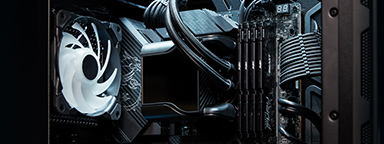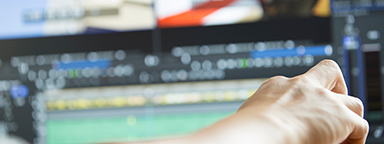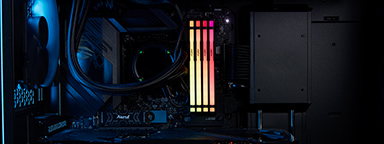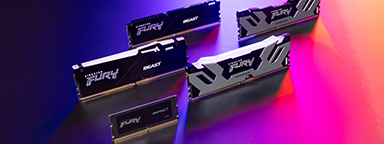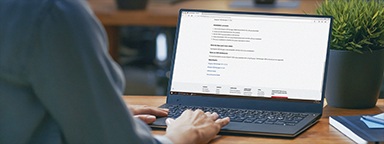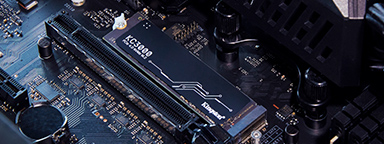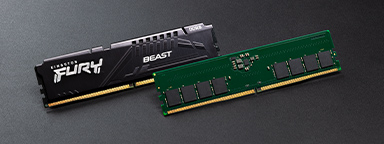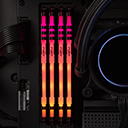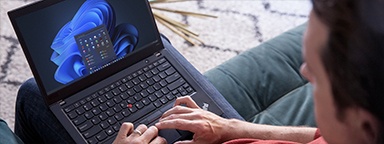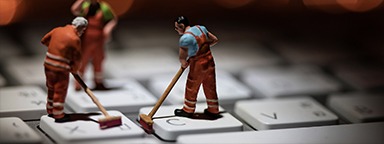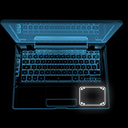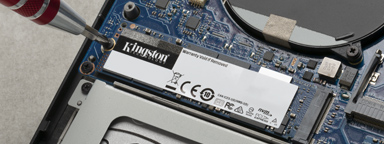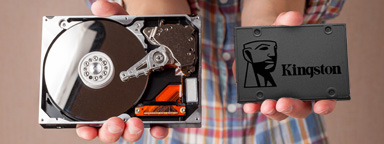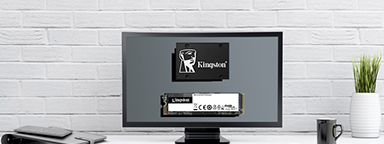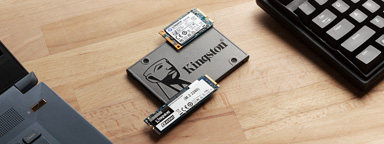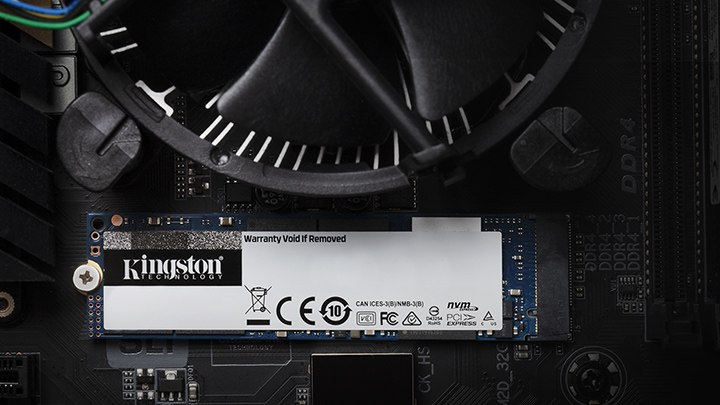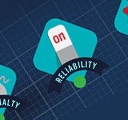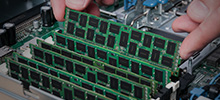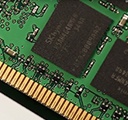If your Mac has been slowing down over the years, it’s probably time to give it some maintenance and care. You don’t need to break the bank to have better speed performance when it comes to your iMac or MacBook. Instead, we’ve made a list of things you can try to increase the speed of your Mac without the need for a replacement.
Close Power-Hungry Programs
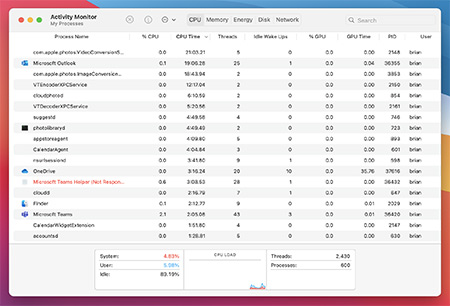
One of the simplest things you can do to increase the performance of your iMac or MacBook is to close any and all apps or programs that you’re not using. Your Mac might be dedicating memory and CPU power to programs that you’re not actively using. This should free up space and workload from unwanted programs that are stealing performance.
There’s also something called Activity Monitor which shows all the processes going on with your Mac. You can open Activity Monitor in System Preferences > Utilities or search and open by pressing Command + spacebar. Some apps and programs use up more power and resources than others. Activity Monitor breaks down the consumption levels of each program you have currently opened by CPU, Memory, Energy, Disk and Network.
Select the CPU tab and you’ll be able to see how much CPU power each app or program is using. Close the ones you’re not using especially if they’re using a high amount of CPU power. Activity Monitor is a helpful tool to check the consumption levels of your apps and programs.
Clean Up Your Start-Up
Those pesky apps and programs that launch every time you start up your system might be the culprits behind your slow speeds. Open up System Preferences and click on ‘Users & Groups’. From there, select the ‘Login Items’ tab to view which apps and programs are set to launch when powering on your iMac or MacBook. Select the program you don’t want to launch during start-up and click on the minus sign at the bottom of the list to delete.
iCloud Syncing
Syncing your files and photos with iCloud across multiple desktops and devices can slow down your Mac too. When using iCloud, try to avoid storing large files and documents onto your desktop for storage. Only storing the documents and files that are necessary will help speed things up and will have you spending less time waiting for all your files to sync.
This includes syncing your photos on iCloud. If your Mac is too busy syncing all your photos to all your devices and vice versa, you can always turn off iCloud Photos on your device to save your Mac from working too hard and slowing down its performance.
Free Up Storage Space
It’s no surprise that your Mac is so slow when you’re running short on storage space if your storage capacity is almost full. Photos, videos and music are the biggest files that take up a lot of storage space.
A lot of people think that purchasing iCloud will be the solution to low storage space but that’s not the case. If you delete your files off your Mac after backing them onto iCloud, you’ll delete them from all your devices. If you already have iCloud and it’s synced across all your devices, a lot of files and documents are probably sitting on your Mac eating up storage space. For example, pictures you’ve taken from your iPhone synced to iCloud will sit on your Mac using up storage.
It might be better to turn off iCloud photo sync on your Mac. There are other services you can use to back-up all your files and documents on the cloud so that it’s possible to delete them off your computer. Services like DropBox and Google Drive have the same ability to back-up your files such as photos onto the cloud without having to store them on your Mac for them to be accessible.
Your music downloads can also take up a lot of storage capacity on your Mac. You can save storage by offloading your music to an external hard drive to free up space on your computer. You can also pay for streaming services like Apple Music which has a feature that lets you move all your music onto the cloud so that you can delete it from your Mac and access it on any of your devices. You also get the benefits of streaming Apple Music to listen to any song or artist without having to download any of the songs onto your Mac if you have access to data or Wi-Fi.
Delete Old and Unused Files, Empty Trash
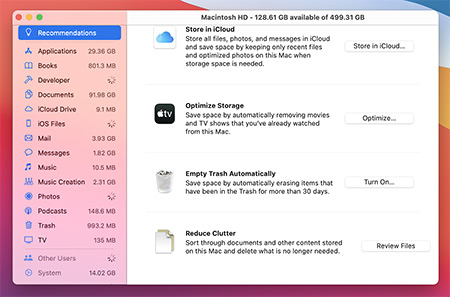
A quick and simple way to free up some storage space to help increase the speed of your Mac is by deleting old and unused files and emptying your Trash. It’s a good idea to audit your Mac every now and then for old and unused files and documents. Keeping them stored locally when they’re not being used just takes up storage space and slows down the performance of your Mac. Don’t forget to delete items from your Downloads folder. Open ‘Finder’ and access your Downloads folder to delete items to your Trash bin. The Downloads folder is often overlooked and holds a lot of documents and files you might’ve forgotten about. Back your old files and documents to an external hard drive and remove them from your Mac. If you no longer need them, you can always delete them from your computer. Remember to empty your Trash after deleting them. Your deleted files and documents will still take up storage space in your Trash bin if you don’t empty the Trash. You can set your system preferences to regularly empty your Trash which will save you the trouble of manually doing it yourself. Click on the Apple logo in the Menu bar, choose ‘About This Mac’, click on ‘Storage’ then click on ‘Manage’. From there, you’ll be able to set your Trash to delete automatically which will occur every 30 days.
Reduce or Turn Off Graphics

Apple computers can normally run MacOS without any issues, but sometimes they can be working too hard to maintain performance. Reducing or turning off graphics can help speed your Mac up.
Some people prefer to turn off their Dock to prevent slow down. To do this, click on System Preferences, Dock, and untick the following boxes:
- Magnification
- Animate opening application
- Automatically hide and show the dock
You can also click on ‘Minimize windows using’ and change the Genie Effect to Scale Effect.
The Final Straw
If all else fails, the last thing you can try is to reset your entire Mac and do a clean reinstallation of the OS. This should be considered a last measure as you’ll need to completely delete your entire boot drive. It will clear all the files in your System and User Libraries that were built up throughout the years.
We suggest backing up all your essential files, documents, pictures, music and anything else you might need once you’ve installed your OS. In the end, if worse comes to worst and your Mac doesn’t have any improvements, it might be time to find a replacement.
#KingstonIsWithYou
